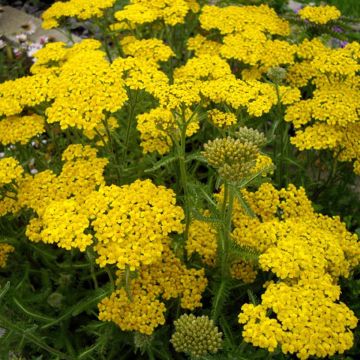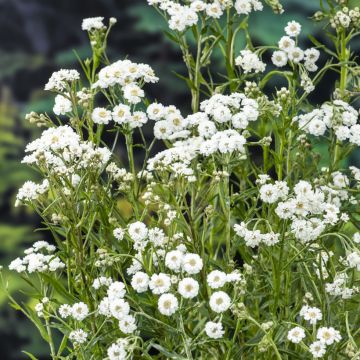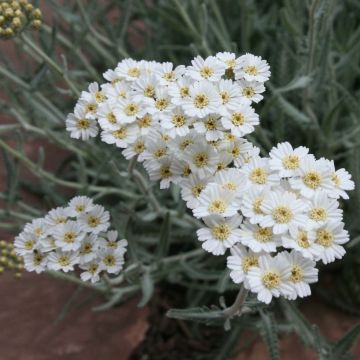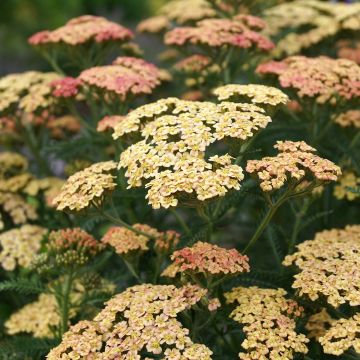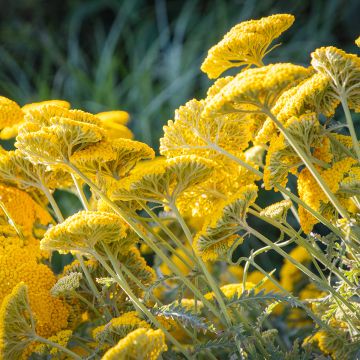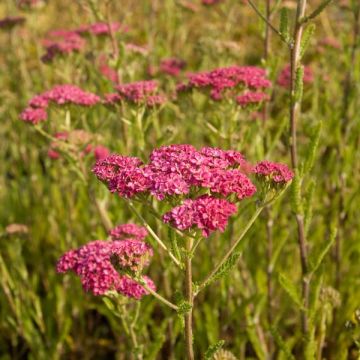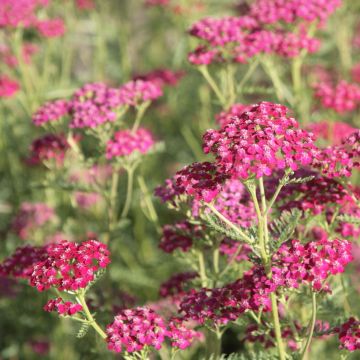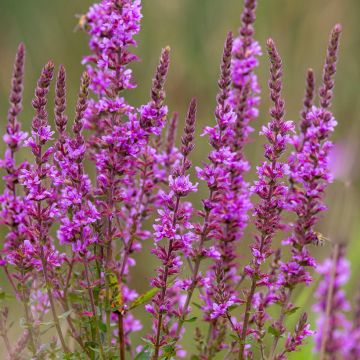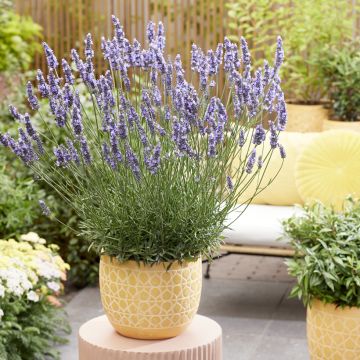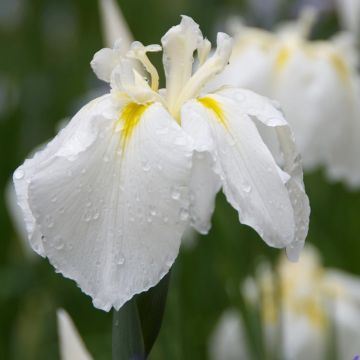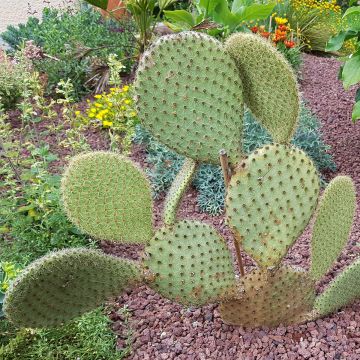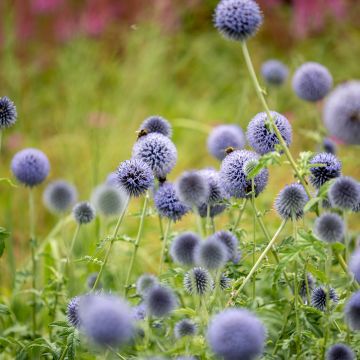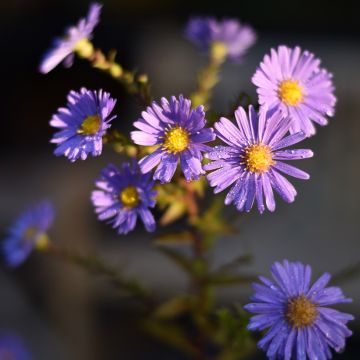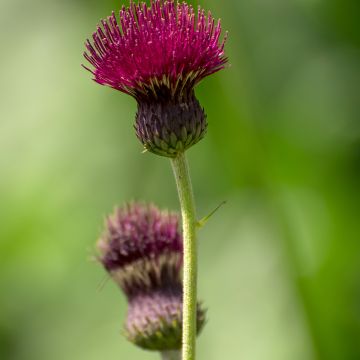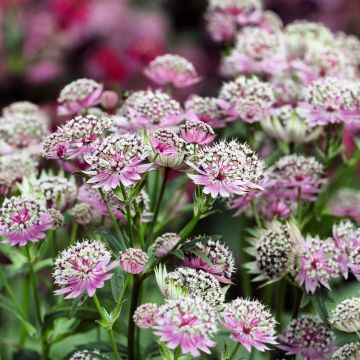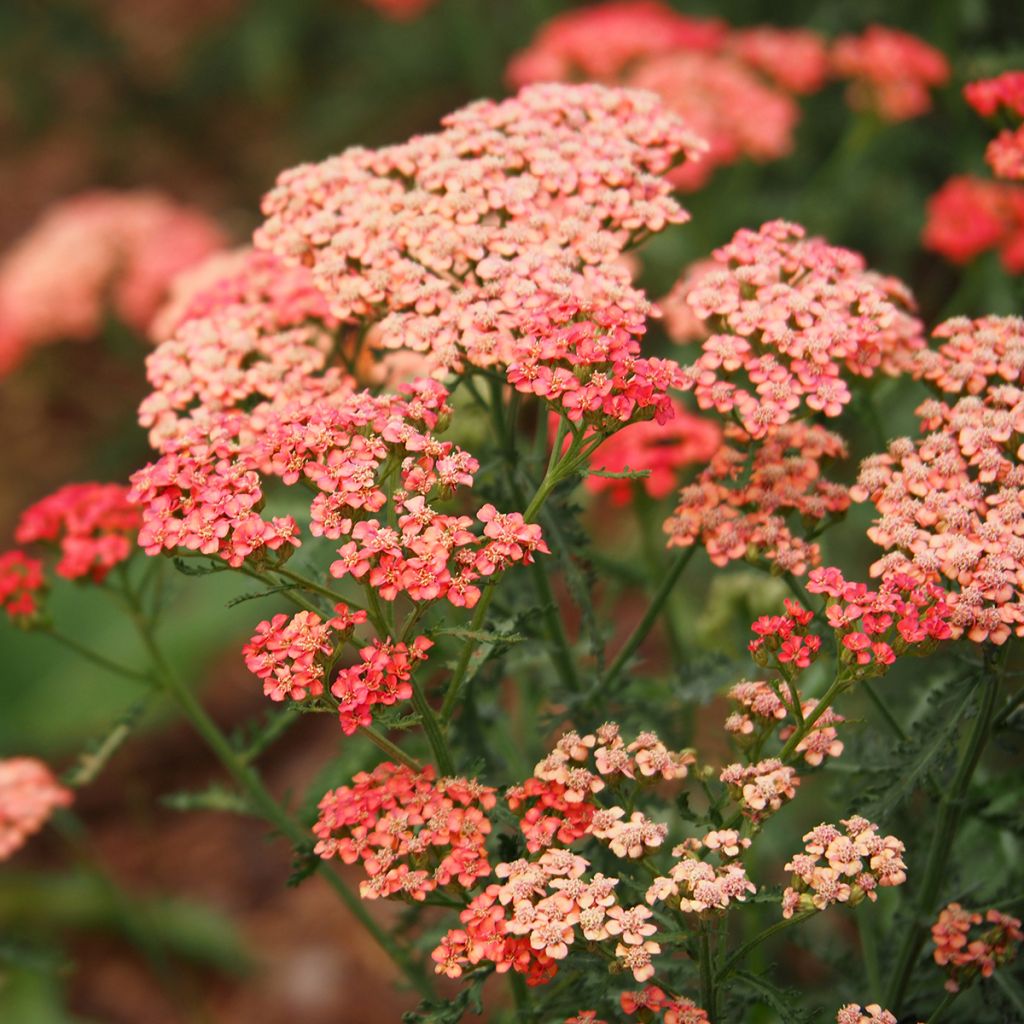

Achillea millefolium Apricot Delight
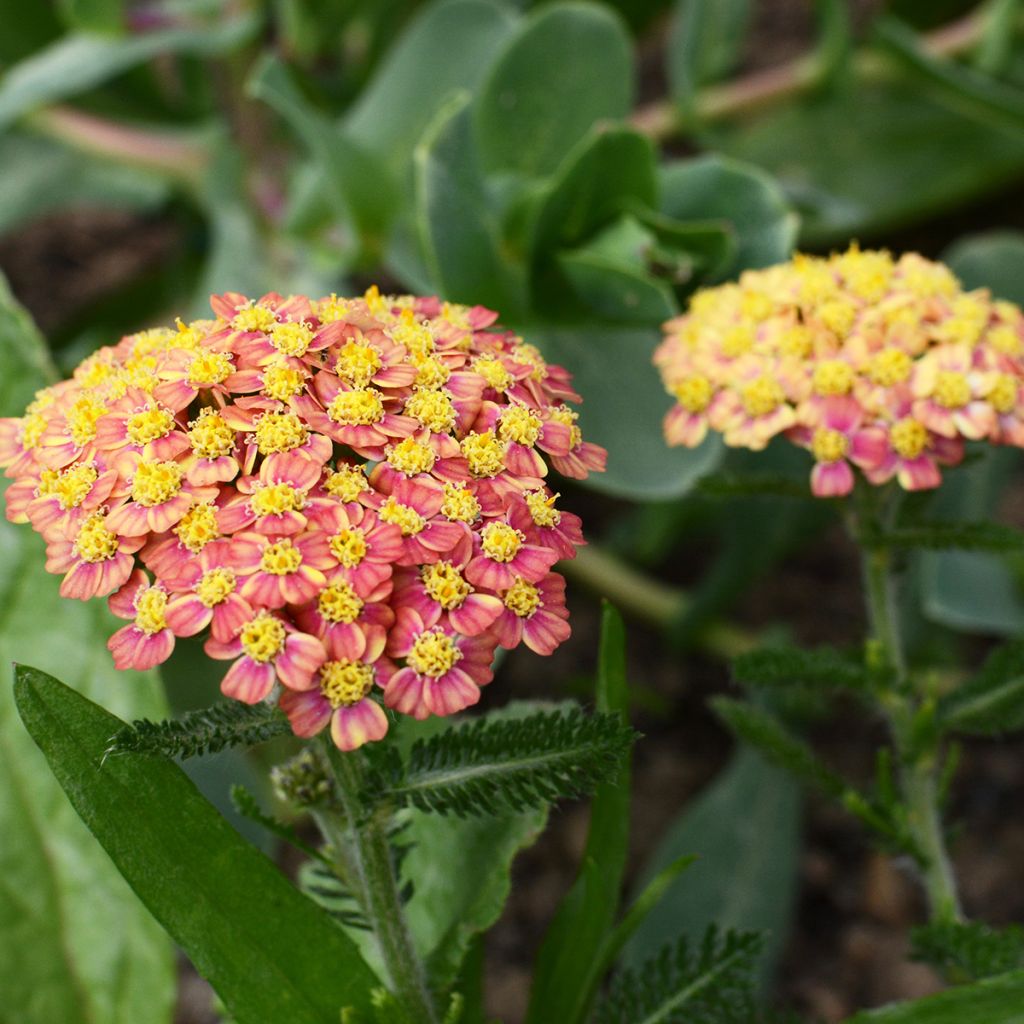

Achillea millefolium Apricot Delight
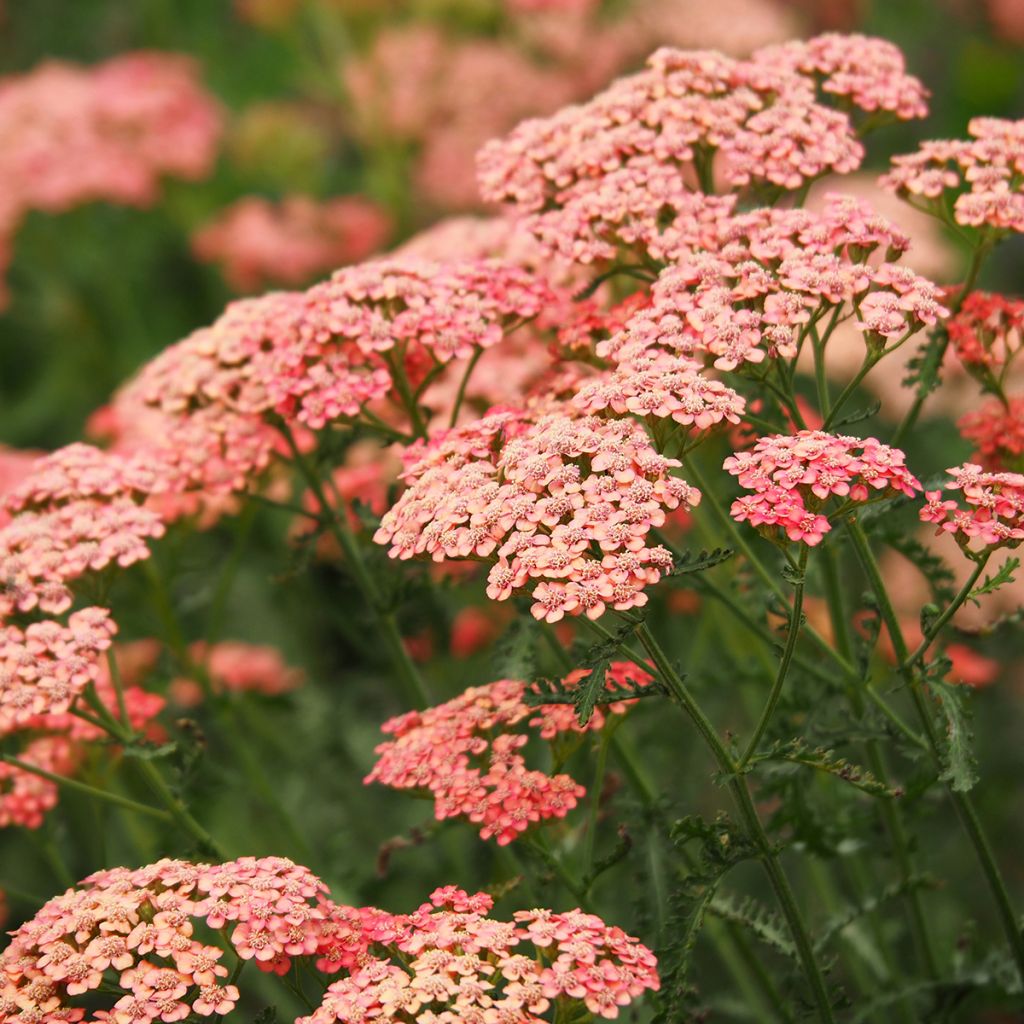

Achillea millefolium Apricot Delight
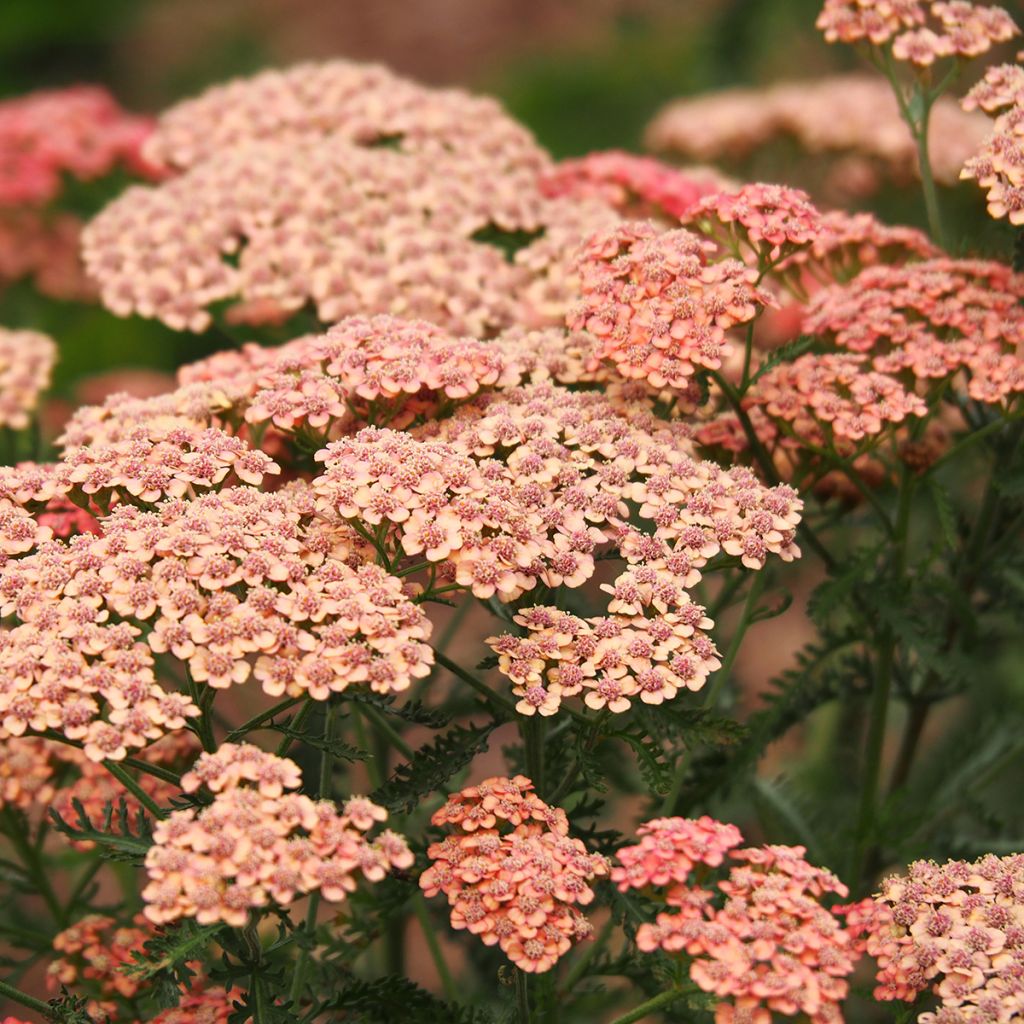

Achillea millefolium Apricot Delight
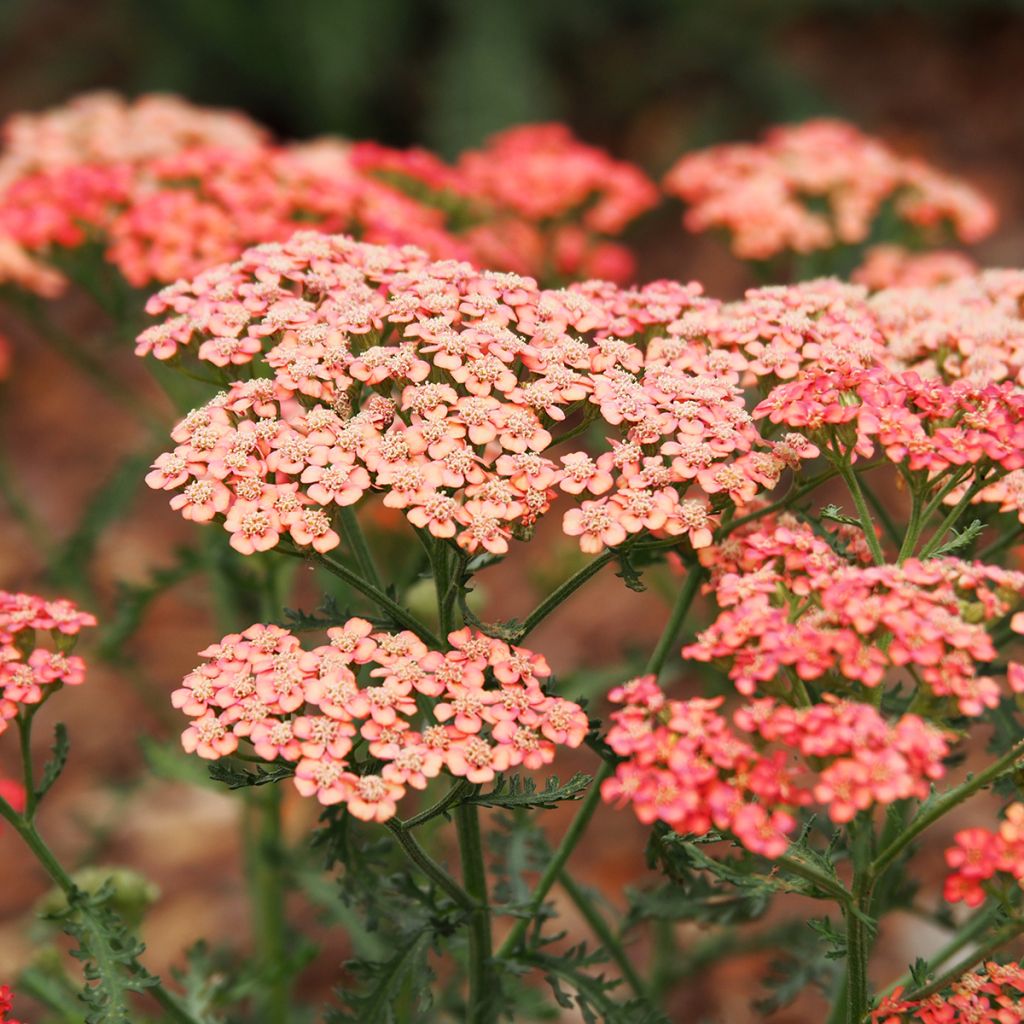

Achillea millefolium Apricot Delight
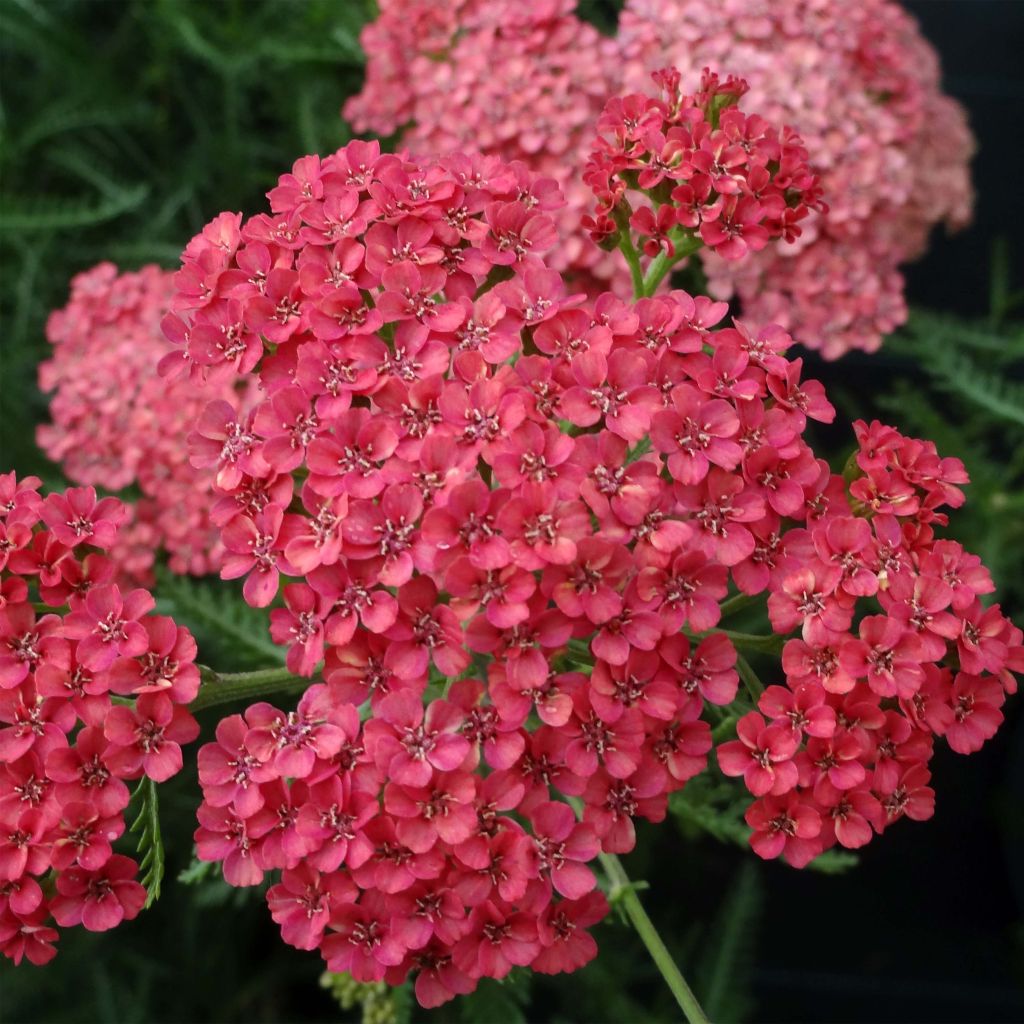

Achillea millefolium Apricot Delight
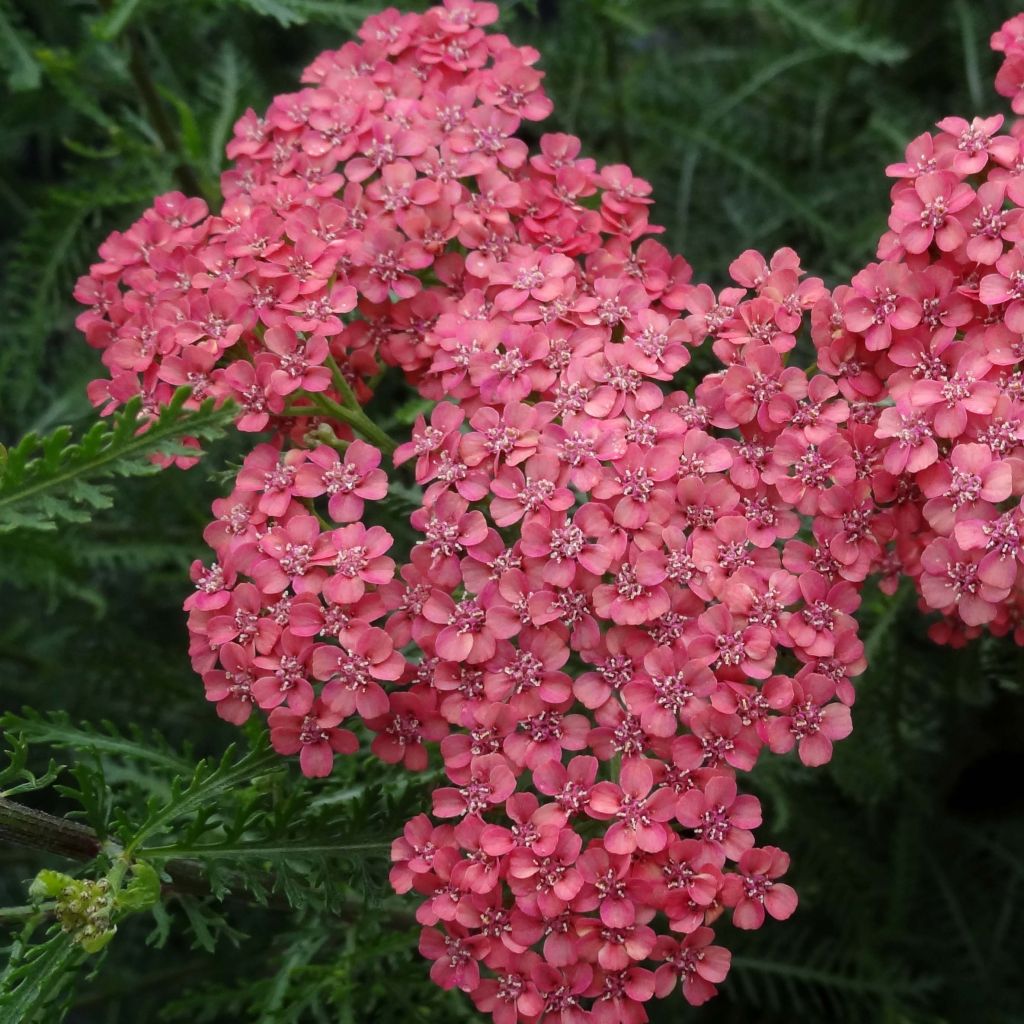

Achillea millefolium Apricot Delight
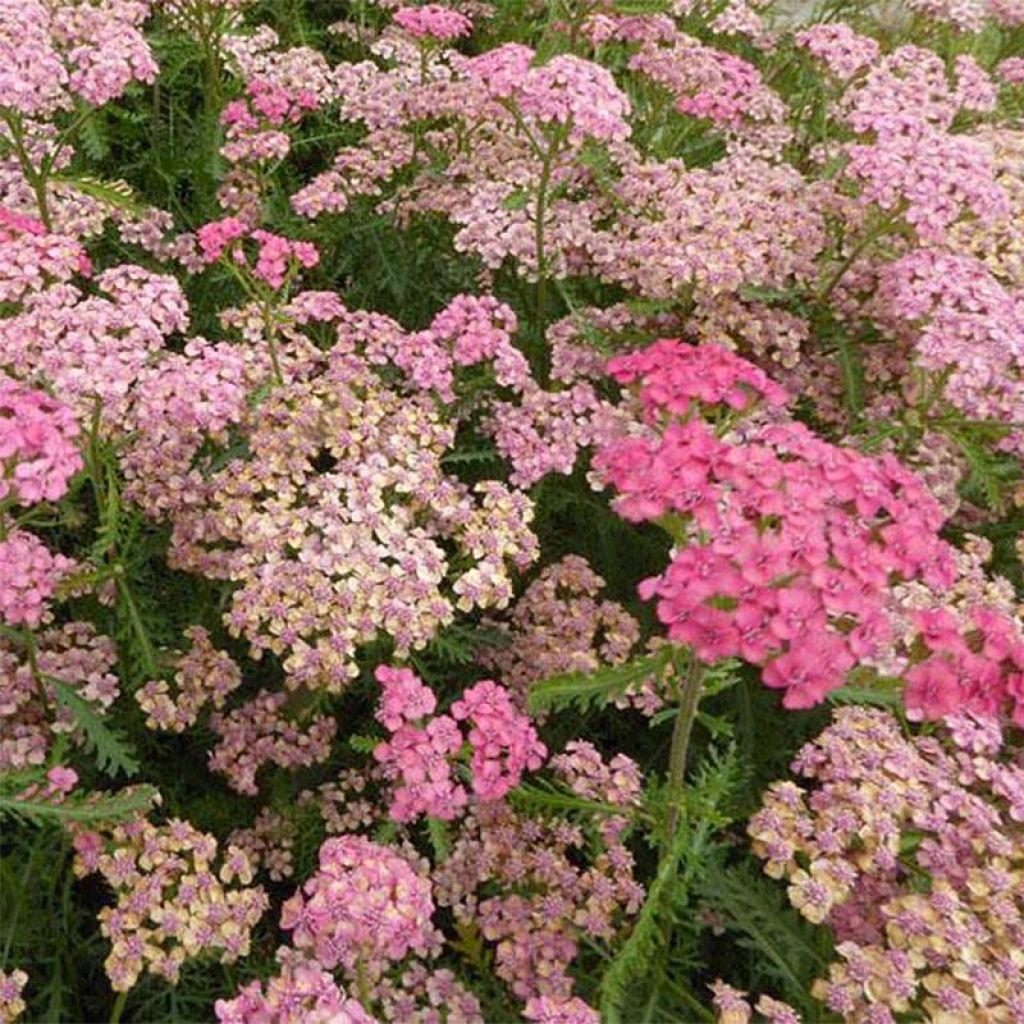

Achillea millefolium Apricot Delight
Achillea millefolium Apricot Delight
Achillea millefolium Tutti Frutti Apricot Delight
Common Yarrow, Milfoil, Thousand-leaf, Nosebleed plant
This plant carries a 12 months recovery warranty
More information
We guarantee the quality of our plants for a full growing cycle, and will replace at our expense any plant that fails to recover under normal climatic and planting conditions.
From €5.90 for pickup delivery and €6.90 for home delivery
Express home delivery from €8.90.
From €5.90 for pickup delivery and €6.90 for home delivery
Express home delivery from €8.90.

Does this plant fit my garden?
Set up your Plantfit profile →
Description
The Achillea millefolium 'Apricot Delight' (Tutti Frutti) is part of a series of yarrow plants recently selected for their compact habit, long-lasting and uniform flowering, and fruity colours. Throughout the summer, it produces beautiful umbels of flowers that change colour as the days pass, displaying gorgeous shades of pink, soft apricot, and red. The foliage is light, feathery, aromatic, and can be deciduous or semi-evergreen. This wild plant fearlessly climbs slopes and colonizes wild areas of the garden that can be challenging to design. Exuberant yet undemanding, this perennial, commonly found in cottage gardens, adds a charming touch to simple flower beds in all regions.
Yarrow is a perennial herbaceous plant belonging to the asteraceae family, native to Europe and Asia Minor. From spring onwards, it forms a compact and upright tuft that spreads through stolons, allowing it to colonize large areas. 'Apricot Delight' reaches a height of about 60 cm (24in) when in bloom, with foliage measuring 10 to 20 cm (4 to 8in). It spreads to 50 cm (20in) and more. The remarkably long flowering period lasts from June to September, provided the soil remains slightly moist during the hottest months of summer. The flowers form flat and slightly rounded inflorescences called corymbs, measuring about 7 cm (3in) in diameter. The flowers are actually heads, with tubular yellow florets in the central disk, while the peripheral florets are ligulate and change colour. The inflorescence evolves from pink to pale apricot, then turns reddish-pink as it fades. The stem is channelled and villous, and the aromatic foliage is finely dissected, feathery, and dark greenish-gray in colour.
This hardy and undemanding perennial integrates well in rock gardens, on top of walls, along borders and pathways, or on slopes where it helps prevent erosion. With its stolons, it can be used as a ground cover over large areas. It tolerates competition from tree roots and can be planted at the base of a sunny hedge. As it is easy to grow and requires little water, it is perfect for weekend gardens or gardens without irrigation. For example, combine it with beautiful ornamental grasses such as Pennisetum setaceum Rubrum and Stipa tenuifolia, ornamental garlic Allium sphaerocephalon, or even 'Caradonna' sage in a small, colourful country scene.
Yarrow is also a medicinal plant with healing, hemostatic, antispasmodic, and tonic properties. Its young shoots can be used in omelettes or salads.
Report an error about the product description
Achillea millefolium Apricot Delight in pictures


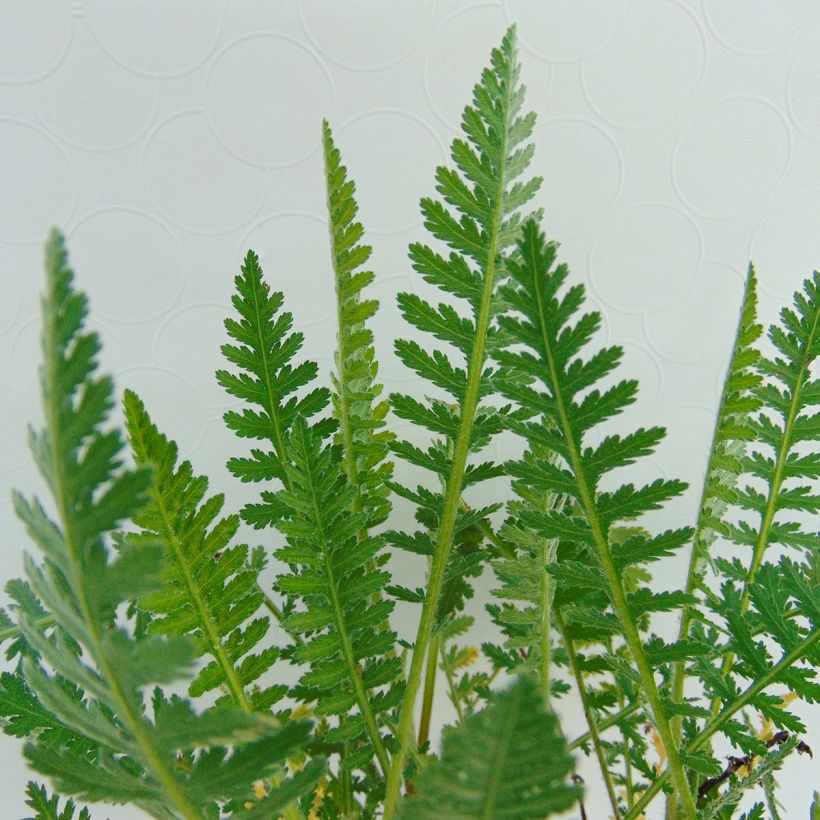

Flowering
Foliage
Plant habit
Botanical data
Achillea
millefolium
Tutti Frutti Apricot Delight
Asteraceae
Common Yarrow, Milfoil, Thousand-leaf, Nosebleed plant
Cultivar or hybrid
Other Achillea
Planting and care
The Achillea millefolium 'Apricot Delight' can be planted all year round in buckets, about 5 feet per square meter in well-prepared, well-tilled, and well-drained soil. It will grow in any type of soil, even limestone, dry or moist, but well-drained. It even adapts to clay soils, if they are healthy and well amended. It tolerates partial shade but prefers full sun, which enhances the colour of the flowers. Remove faded flowers and prune all vegetation at the end of the season to promote the growth of young shoots in spring. Divide the clump in spring.
Planting period
Intended location
Care
-
, onOrder confirmed
Reply from on Promesse de fleurs
Summer flowering perennials
Haven't found what you were looking for?
Hardiness is the lowest winter temperature a plant can endure without suffering serious damage or even dying. However, hardiness is affected by location (a sheltered area, such as a patio), protection (winter cover) and soil type (hardiness is improved by well-drained soil).

Photo Sharing Terms & Conditions
In order to encourage gardeners to interact and share their experiences, Promesse de fleurs offers various media enabling content to be uploaded onto its Site - in particular via the ‘Photo sharing’ module.
The User agrees to refrain from:
- Posting any content that is illegal, prejudicial, insulting, racist, inciteful to hatred, revisionist, contrary to public decency, that infringes on privacy or on the privacy rights of third parties, in particular the publicity rights of persons and goods, intellectual property rights, or the right to privacy.
- Submitting content on behalf of a third party;
- Impersonate the identity of a third party and/or publish any personal information about a third party;
In general, the User undertakes to refrain from any unethical behaviour.
All Content (in particular text, comments, files, images, photos, videos, creative works, etc.), which may be subject to property or intellectual property rights, image or other private rights, shall remain the property of the User, subject to the limited rights granted by the terms of the licence granted by Promesse de fleurs as stated below. Users are at liberty to publish or not to publish such Content on the Site, notably via the ‘Photo Sharing’ facility, and accept that this Content shall be made public and freely accessible, notably on the Internet.
Users further acknowledge, undertake to have ,and guarantee that they hold all necessary rights and permissions to publish such material on the Site, in particular with regard to the legislation in force pertaining to any privacy, property, intellectual property, image, or contractual rights, or rights of any other nature. By publishing such Content on the Site, Users acknowledge accepting full liability as publishers of the Content within the meaning of the law, and grant Promesse de fleurs, free of charge, an inclusive, worldwide licence for the said Content for the entire duration of its publication, including all reproduction, representation, up/downloading, displaying, performing, transmission, and storage rights.
Users also grant permission for their name to be linked to the Content and accept that this link may not always be made available.
By engaging in posting material, Users consent to their Content becoming automatically accessible on the Internet, in particular on other sites and/or blogs and/or web pages of the Promesse de fleurs site, including in particular social pages and the Promesse de fleurs catalogue.
Users may secure the removal of entrusted content free of charge by issuing a simple request via our contact form.
The flowering period indicated on our website applies to countries and regions located in USDA zone 8 (France, the United Kingdom, Ireland, the Netherlands, etc.)
It will vary according to where you live:
- In zones 9 to 10 (Italy, Spain, Greece, etc.), flowering will occur about 2 to 4 weeks earlier.
- In zones 6 to 7 (Germany, Poland, Slovenia, and lower mountainous regions), flowering will be delayed by 2 to 3 weeks.
- In zone 5 (Central Europe, Scandinavia), blooming will be delayed by 3 to 5 weeks.
In temperate climates, pruning of spring-flowering shrubs (forsythia, spireas, etc.) should be done just after flowering.
Pruning of summer-flowering shrubs (Indian Lilac, Perovskia, etc.) can be done in winter or spring.
In cold regions as well as with frost-sensitive plants, avoid pruning too early when severe frosts may still occur.
The planting period indicated on our website applies to countries and regions located in USDA zone 8 (France, United Kingdom, Ireland, Netherlands).
It will vary according to where you live:
- In Mediterranean zones (Marseille, Madrid, Milan, etc.), autumn and winter are the best planting periods.
- In continental zones (Strasbourg, Munich, Vienna, etc.), delay planting by 2 to 3 weeks in spring and bring it forward by 2 to 4 weeks in autumn.
- In mountainous regions (the Alps, Pyrenees, Carpathians, etc.), it is best to plant in late spring (May-June) or late summer (August-September).
The harvesting period indicated on our website applies to countries and regions in USDA zone 8 (France, England, Ireland, the Netherlands).
In colder areas (Scandinavia, Poland, Austria...) fruit and vegetable harvests are likely to be delayed by 3-4 weeks.
In warmer areas (Italy, Spain, Greece, etc.), harvesting will probably take place earlier, depending on weather conditions.
The sowing periods indicated on our website apply to countries and regions within USDA Zone 8 (France, UK, Ireland, Netherlands).
In colder areas (Scandinavia, Poland, Austria...), delay any outdoor sowing by 3-4 weeks, or sow under glass.
In warmer climes (Italy, Spain, Greece, etc.), bring outdoor sowing forward by a few weeks.


































